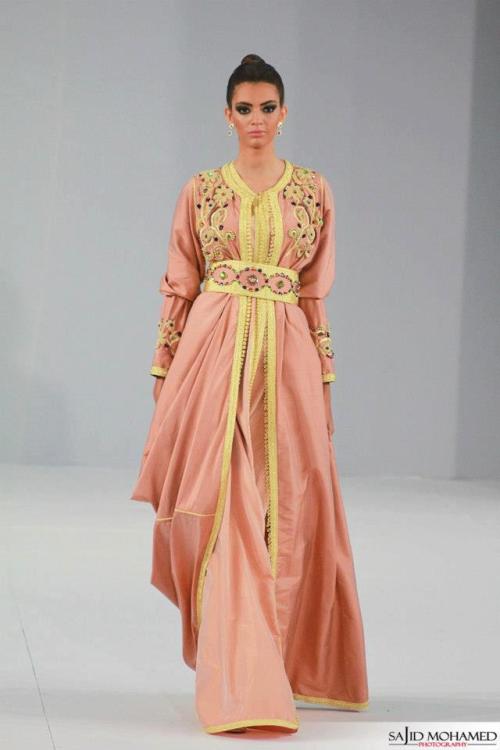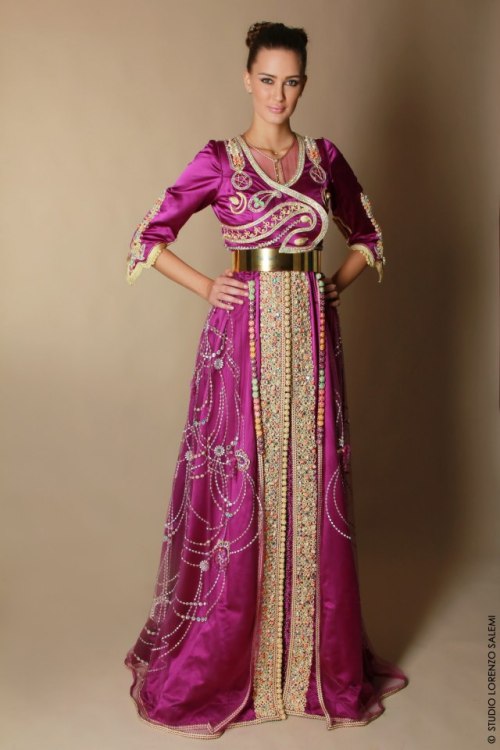Agadir . Al Hoceima . Asilah . Azilal . Azrou . Benslimane . Berkane . Boujdour
Boumalene-Dades . Casablanca . Dakhla . El Jadida . El Kelaa M'Gouna . El Ksar El Kebir
Essaouira . Fès . Guelmim . Kenitra . Khenifra . Khouribga . Laayoune . Larache . Marrakech
Meknès . Mohammedia . Nador . Ouarzazate . Oujda . Ouled Teima . Rabat . Safi . Sefrou.Zagora
Settat . Sidi Ifni . Sidi Kacem . Smara . Tanger . Tan-Tan . Taroudant.Tata . Taza . Tetouan . Tiznit .
l'est de la ville maroc est très bien variées, chaque ville du Maroc a son propre style à elle avec quelques similarités au niveau style, architecture, histoire, coutumes ou patrimoine, le Maroc appartient en même temps au monde méditerranéen, océanique et saharien, ce qui donne différents aspects à l'ensemble des villes marocaines selon la situation de cette ville dans tel endroit ou telle région, le Maroc est considéré le pays du soleil couchant dont les régions bénéficient de beaucoup de ressources importantes, raison pour laquelle un séjour au Maroc est une expérience unique, riche et diversifiée.
La capitale du Maroc est Rabat, ville qui contribue énormément à la beauté et à la richesse du Pays, Rabat est située en bordure de l'estuaire du Bou Regreg, la ville et ses monuemnts ainsi que ces grandes attractions touristiques représentent des témoignages d'une histoire millénaire remontant au temps de Yacoub el Mansour Al Mououahidi.
Il y a beaucoup de vestiges historiques à ne pas manquer lors de votre visite à Rabat, tel que : la Casbah des Oudaïas, Tour Hassan, le Mausolée Mohamed V ainsi que la Nécropole de Chellah, en outre Rabat englobe le Palais Royal et le siège du gouvernement, les ministères, et les principales administrations.
Autre ville d'une grande importance au Maroc est Casablanca, la ville est la plus grande métropole du Maghreb, et du nord d'Afrique, c'est la capitale économique et financière du Maroc, elle constitue le symbole de la modernité et du monde des affaires.
A Casablanca on trouve les plus grands hôtels mais aussi d'importants monuments, tel que l'oeuvre du siècle la mosquée Hassan II, mélange de tradition et de modernisme, est la plus grande mosquée du monde et le plus haut édifice religieux.
Une autre ville au Maroc qui représente un patrimoine culturel très très riche est la ville de Marrakech, connue comme la ville rouge, ou Marrakech Al Hamra en Arabe, la ville de Marrakech est considérée comme la perle du sud, elle était la capitale du royaume et a donné son nom au Maroc.
La Ville se situe les montagnes du Grand Atlas, c'est un coin de séduction pour les les touristes avec ses souks et marchés, ces monuments admirables et ses grands jardins et également avec ses couleurs contrastées, blanc de l'Atlas, le vert des palmiers et jardin, ocre des remparts, la ville de Marrakech est divisé en deux parties distinctes : l'ancienne ville de Marrakech à l'intérieur des remparts, qui abrite la place Jamea El Fena, et la nouvelle ville de Marrakech Guiliz, la ville comporte des sites touristiques d'une grande importance culturelle est architecturale, comme la mosquée de la Koutoubia, les jardins de la Ménara ou bien le Jardin Majorelle, ainsi que le festival du cinéma qui a lieu chaque année à Marrakech.
Parmi les autres villes du Maroc, on site aussi, Tanger, Ouarzazate, Agadir, Safi, Essaouira, ainsi que d'autres villes aussi d'une grande importance comme Meknes, et Fès, la ville de Fès aussi est divisée en deux parties, l'ancienne médina de Fès, connue comme Fès El Bali, fondée par Idris I, la ville se situe sur la rive droite de l'oued Fès, elle est un fort symbole de la ville orientale, est la troisième grande ville de Maroc, après Casablanca et Rabat et aussi l'une des quatre « villes impériales » avec Marrakech, Meknès et Rabat.
L'autre partie de Fès est Fès el jedid, la nouvelle medina, Fès est considérée comme la capitale spirituelle, religieuse et culturelle du Maroc, les endroits à découvrir à Fès sont : le Palais Royal de Fès, les mosquées du XIV siècles, la kissaria (marché des tissus).
Sur ce site nous allons vous faire visitez l'ensemble des villes marocaines, des ville très reconnues, et en même temps des destinations encore à développer, dans la région de Fès on va vous faire découvrir, Taza, et la ville de Sefrou, ainsi que d'autres villes dans d'autres régions, comme par exemple au sud du Maroc, les villes de Taroudant, Tiznit, Sidi Ifni, et Zagora.

 The Neolithic period is a milestone in building the Kingdom of Morocco. In fact, immigration from everywhere and thoughout history has brought up a rich tradition of Moroccan art and craft.
The Neolithic period is a milestone in building the Kingdom of Morocco. In fact, immigration from everywhere and thoughout history has brought up a rich tradition of Moroccan art and craft. Now, every time I go to Morocco I find myself compelled to buy my next precious piece. I am into jewelry. what are you into?
Now, every time I go to Morocco I find myself compelled to buy my next precious piece. I am into jewelry. what are you into? Today, the past, old traditions and the diversity of the Moroccan people and its culture have given birth to the richness of Moroccan craft which has more than 70 trades and a surprising diversity of designs and materials which are used: wool, leather, wood, sorrel, alfa, the dom, clay, stone, marble, copper, iron, silver, gold, iron ...
Today, the past, old traditions and the diversity of the Moroccan people and its culture have given birth to the richness of Moroccan craft which has more than 70 trades and a surprising diversity of designs and materials which are used: wool, leather, wood, sorrel, alfa, the dom, clay, stone, marble, copper, iron, silver, gold, iron ...




